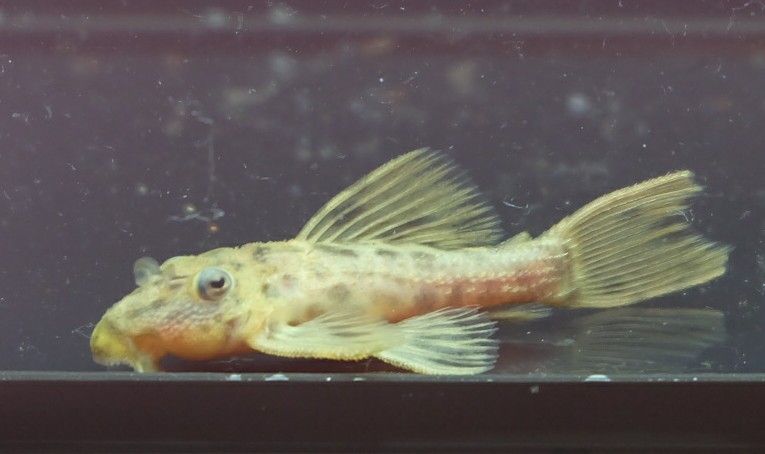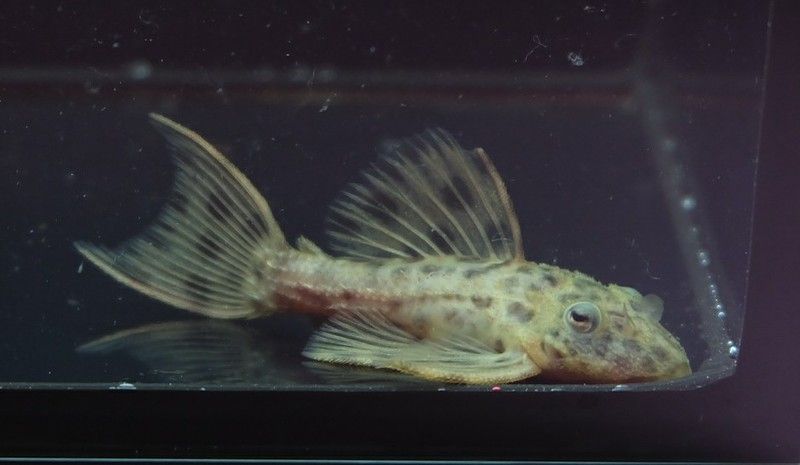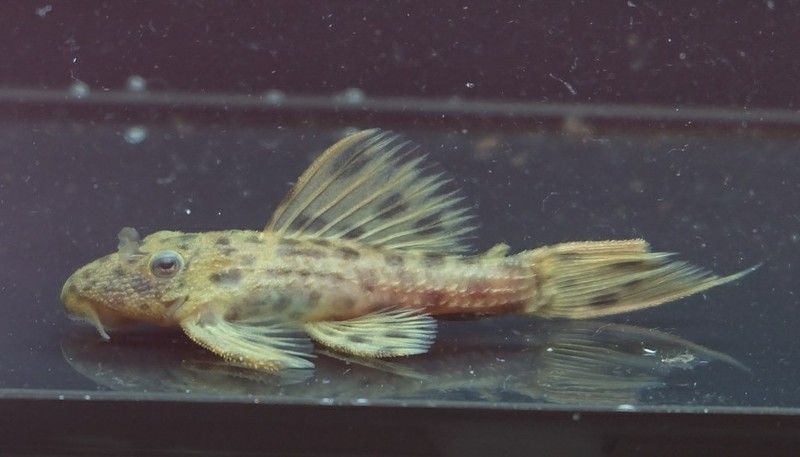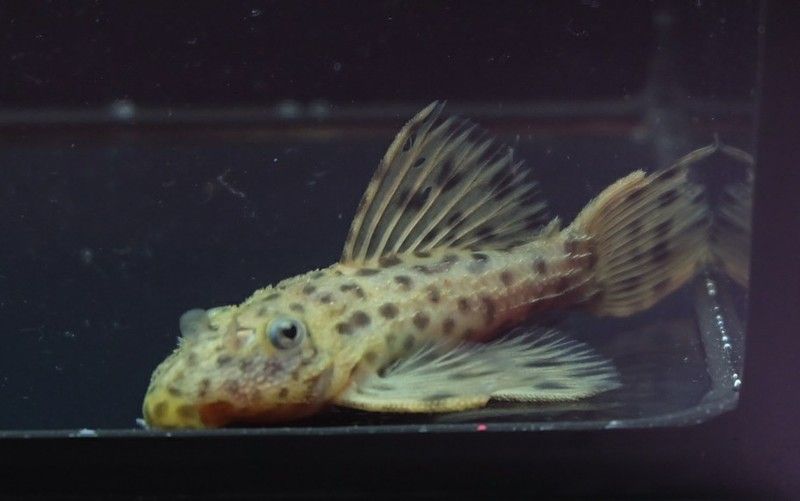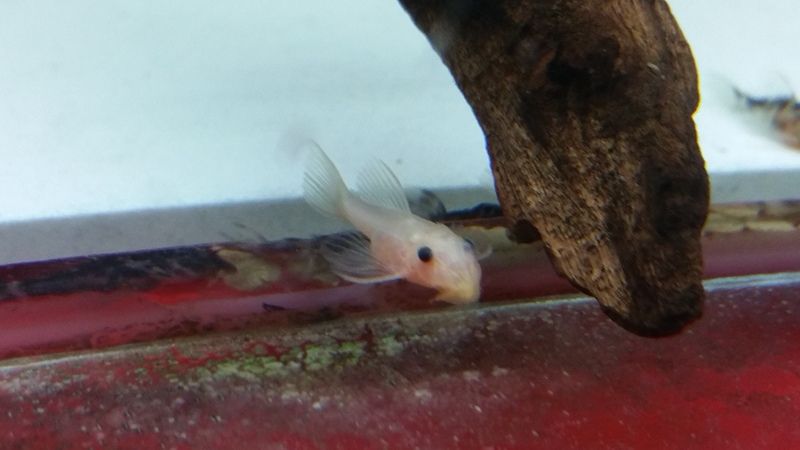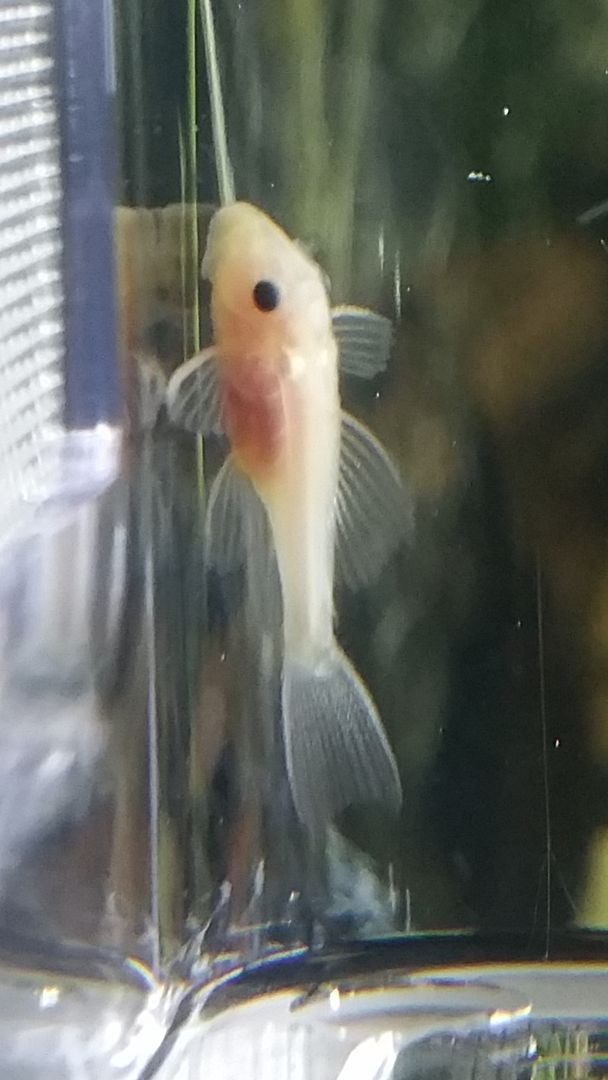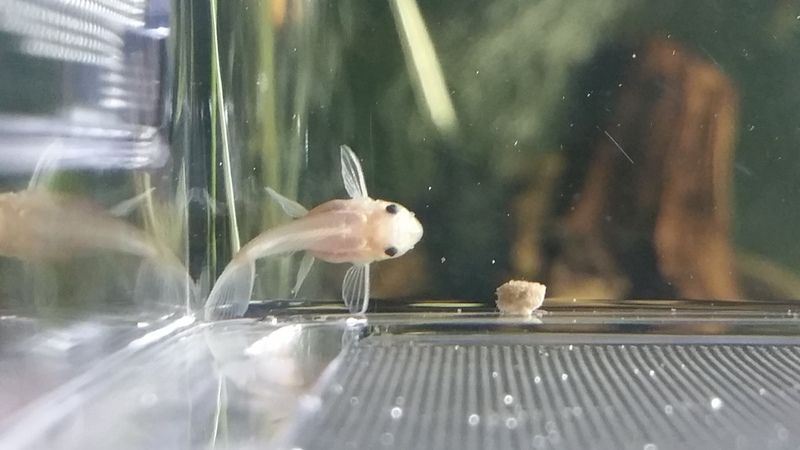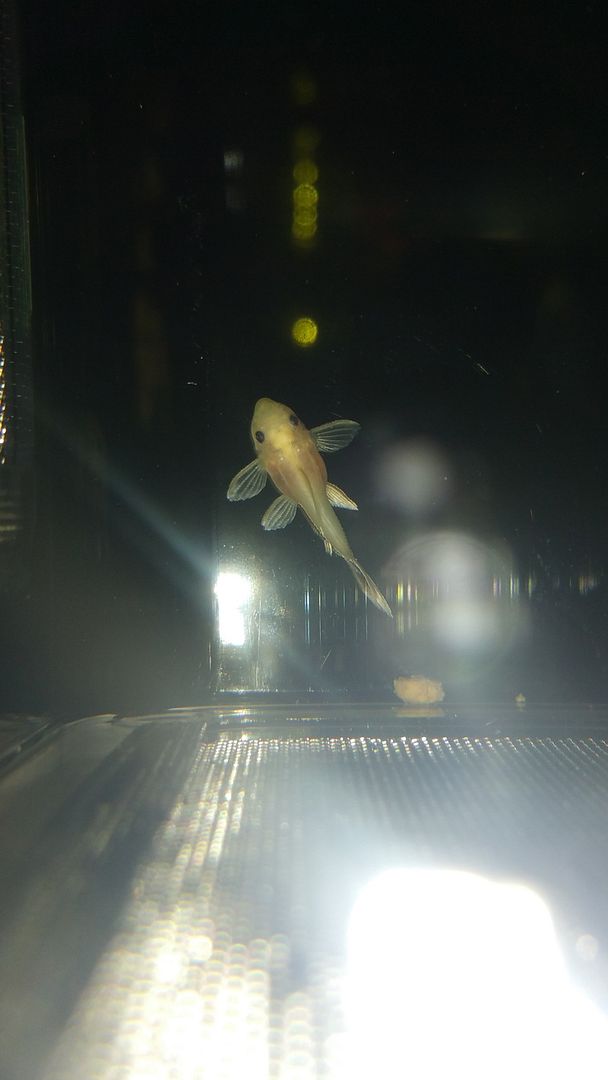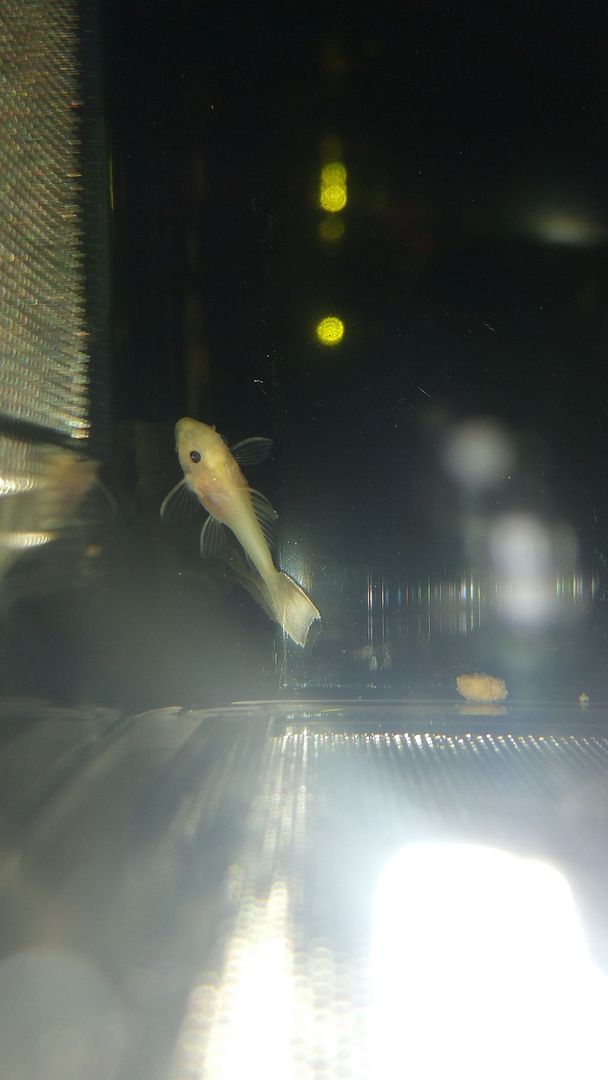Breeding Pseudacanthicus Spinosus 'The Special ONE'
Posted: 19 Oct 2015, 16:48
Sharing my breeding of Pseudacanthicus Spinosus 'The Special ONE'. Female was experienced mother for the previous 2 batches of fry but not the male as he was a first timer.
Sex Ratio: 2 Male 5 Female
Tank size: 5ft x 2.5ft x 2.5ft
Filteration: OHF & Eheim 2260
Introducing the Male for this breeding program.. Size - 12"
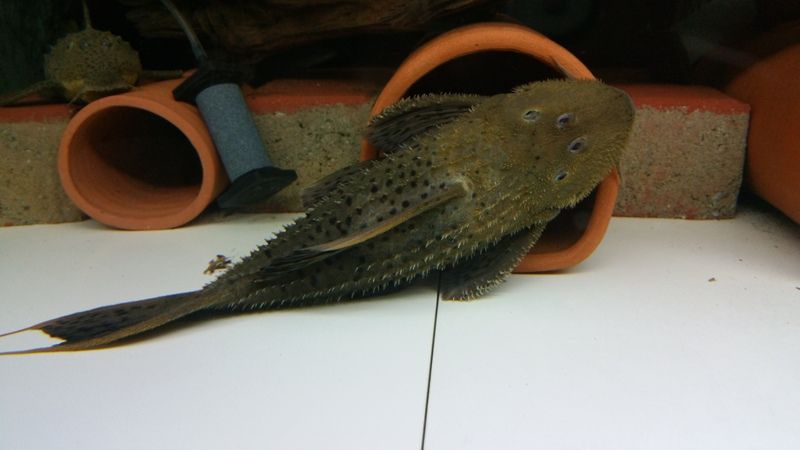
Not forgetting his partner... 9"
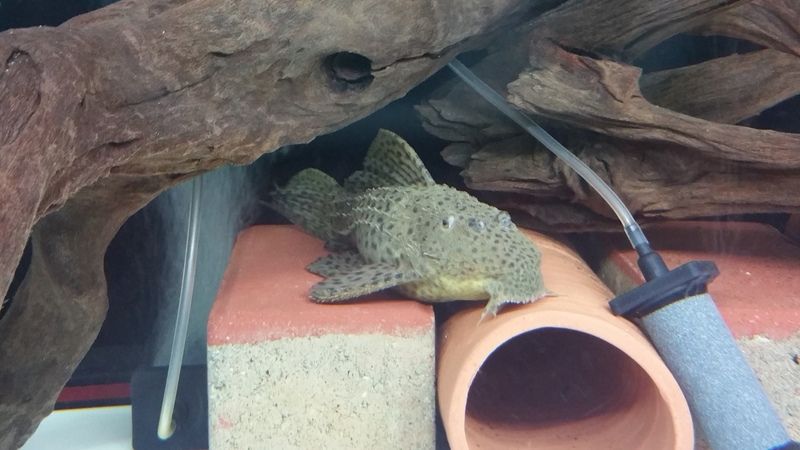
27th July 2015
Male guarding the egg clutch. The pair has been trapping for the past few days and the female left the cave today.
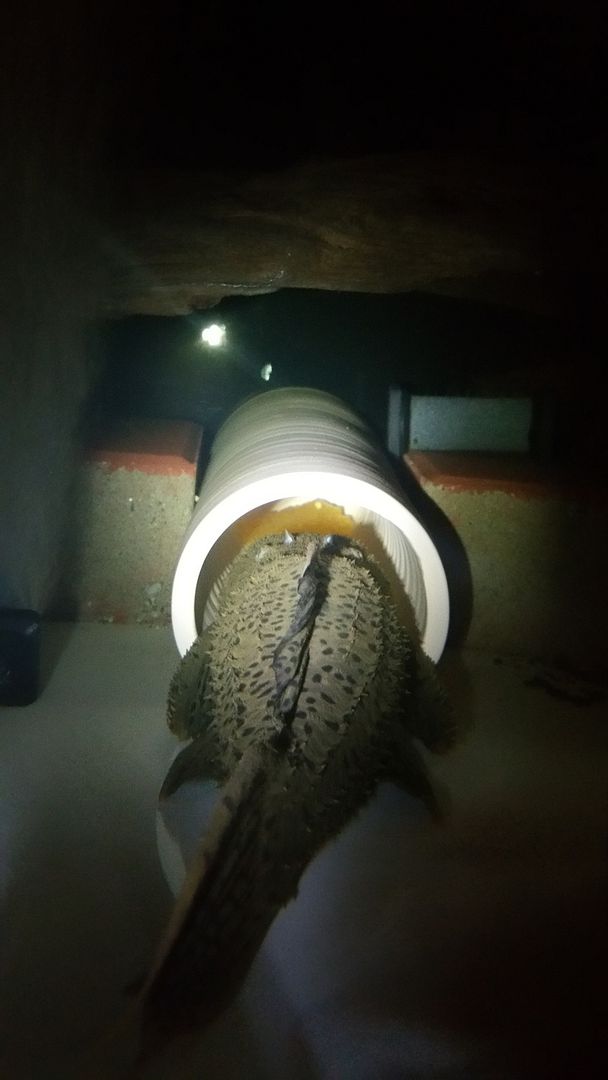
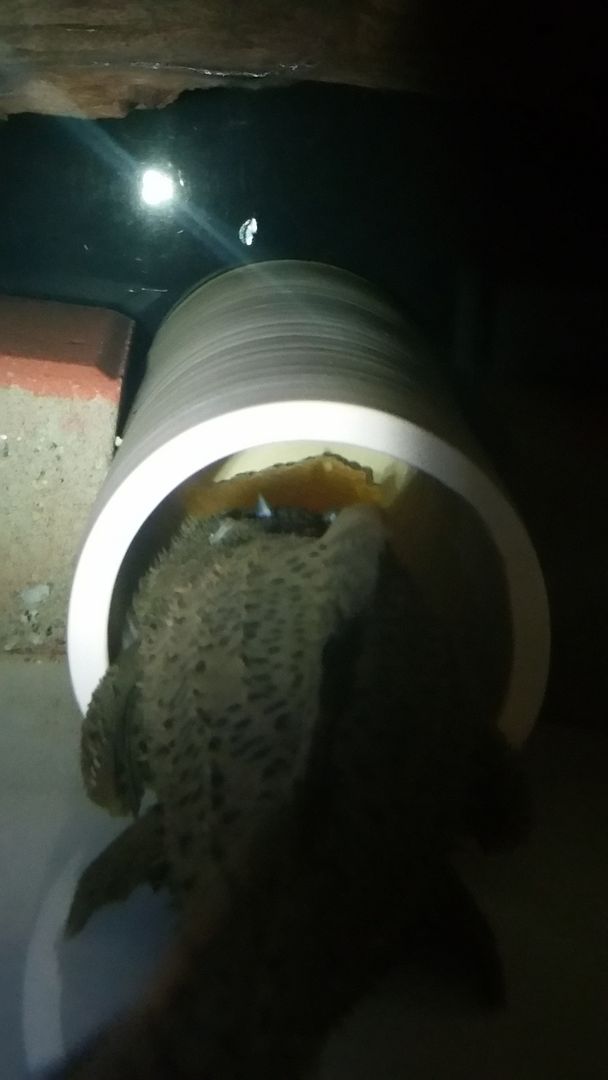
5th August 2015
Decided to harvest the eggs as i noticed the other male was disturbing the caving male. The eggs are kept in 3 x Breeder Box

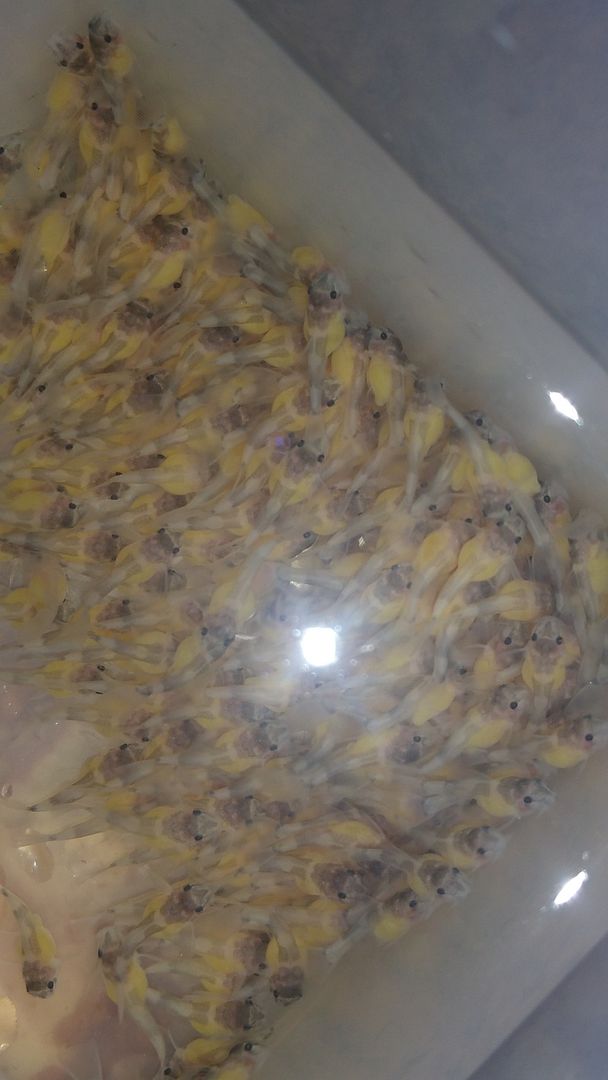

20th August 2015
Making sure every single fry's egg sac was fully absorbed before releasing them jnto their grow out tank
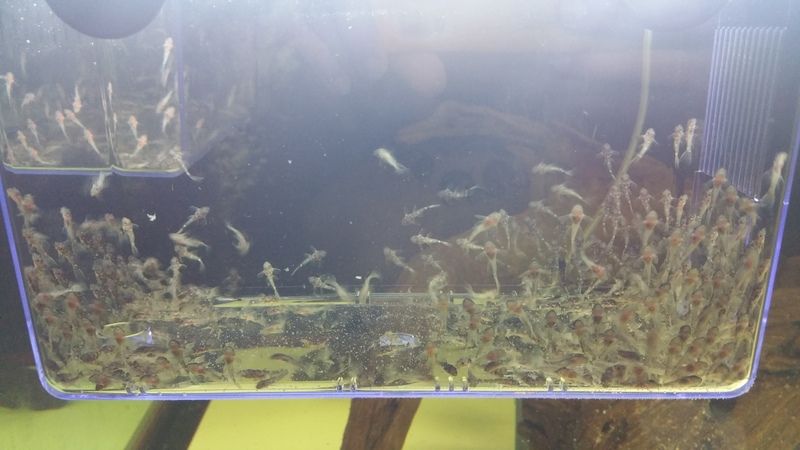
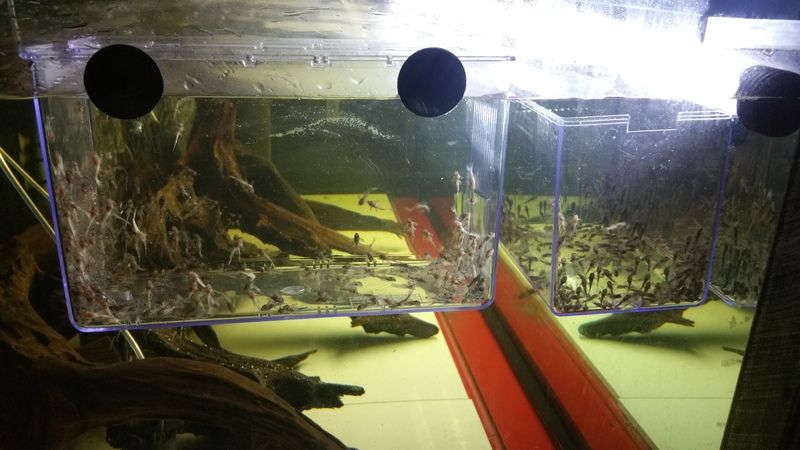
23rd September 2015
Fry was eating and adapting well to the environment that they are living in.
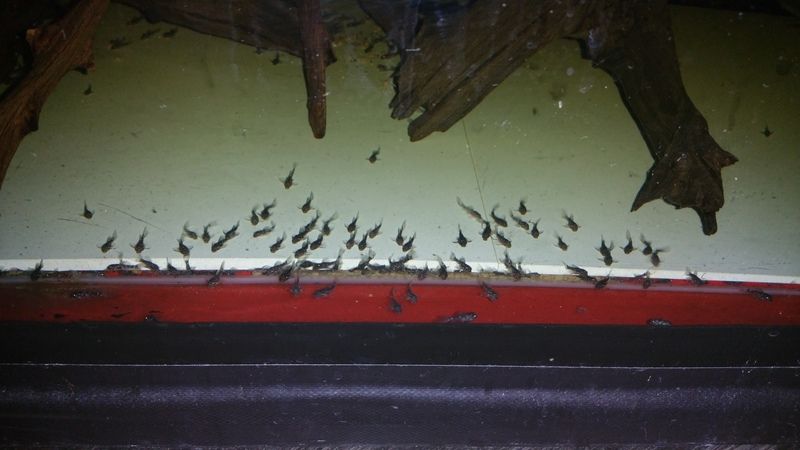
17th October 2015
Was performing my daily feeding regime with the lights off but on this day i did something different was turning the lights on and i found something different.....
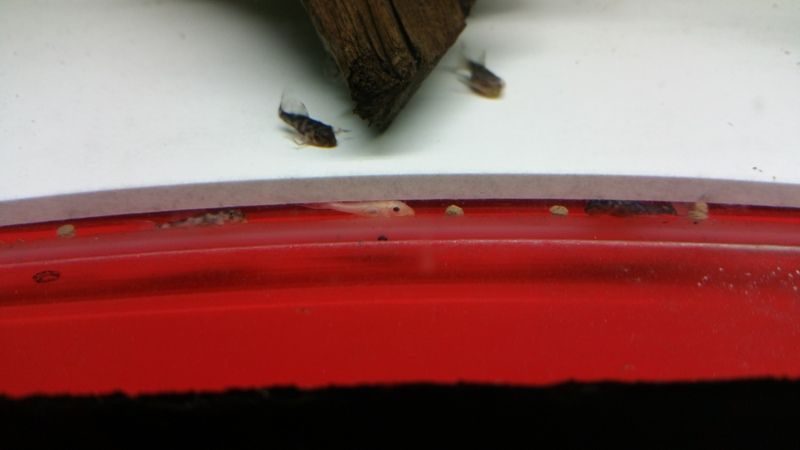
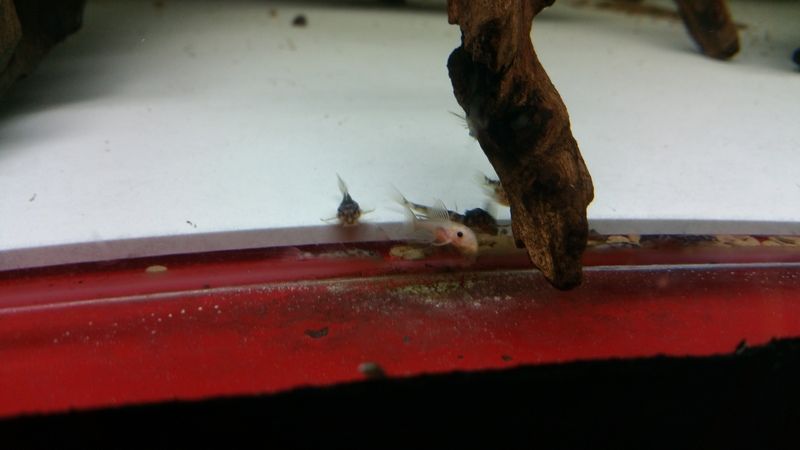
To be continue....
Sex Ratio: 2 Male 5 Female
Tank size: 5ft x 2.5ft x 2.5ft
Filteration: OHF & Eheim 2260
Introducing the Male for this breeding program.. Size - 12"

Not forgetting his partner... 9"

27th July 2015
Male guarding the egg clutch. The pair has been trapping for the past few days and the female left the cave today.


5th August 2015
Decided to harvest the eggs as i noticed the other male was disturbing the caving male. The eggs are kept in 3 x Breeder Box



20th August 2015
Making sure every single fry's egg sac was fully absorbed before releasing them jnto their grow out tank


23rd September 2015
Fry was eating and adapting well to the environment that they are living in.

17th October 2015
Was performing my daily feeding regime with the lights off but on this day i did something different was turning the lights on and i found something different.....


To be continue....
